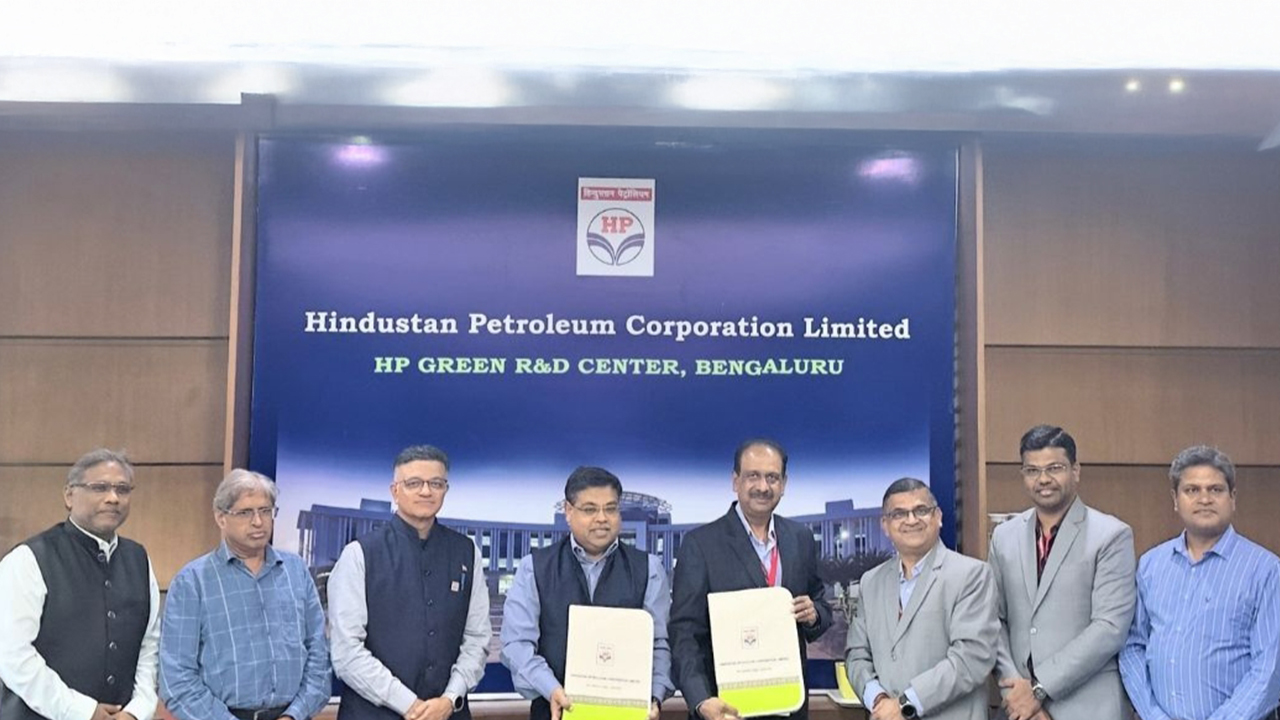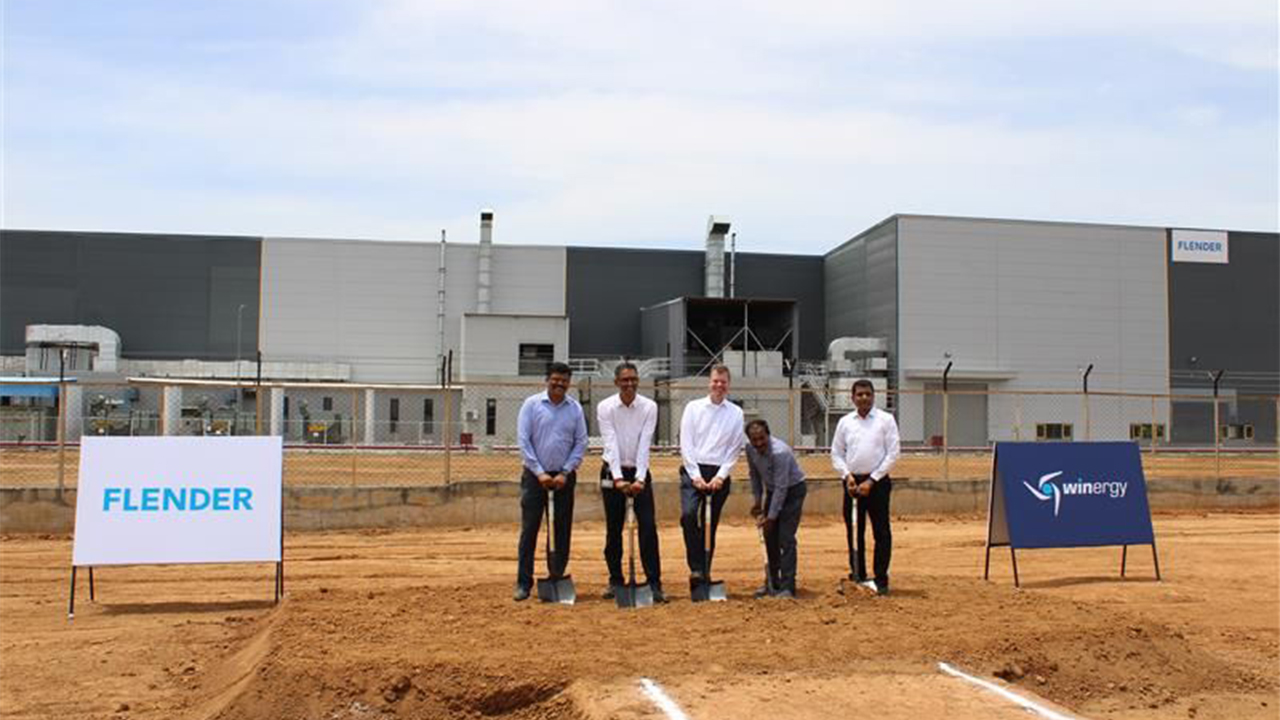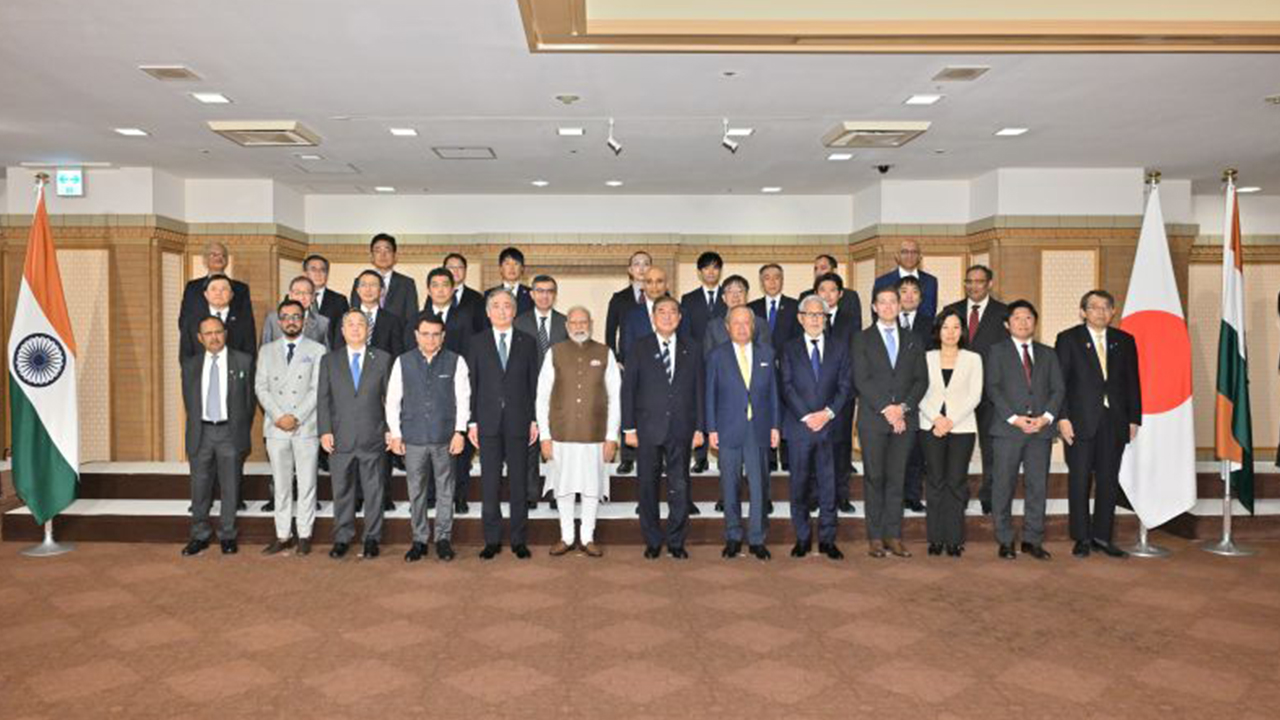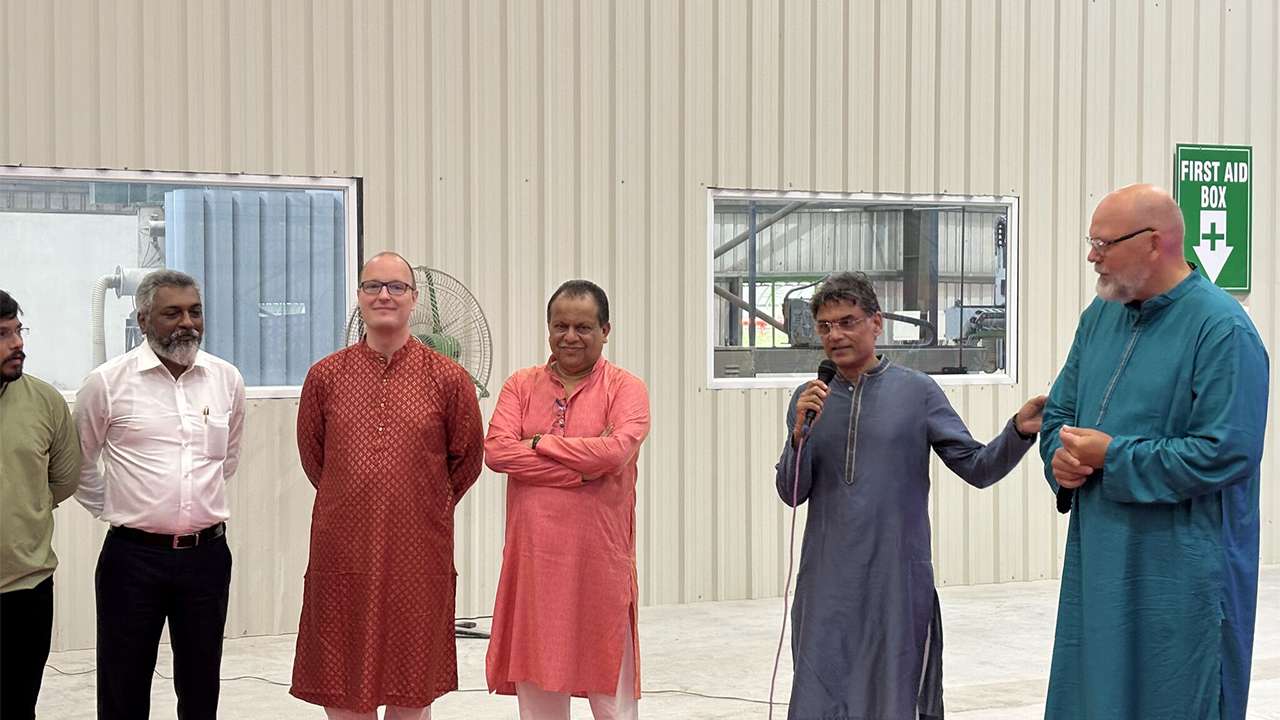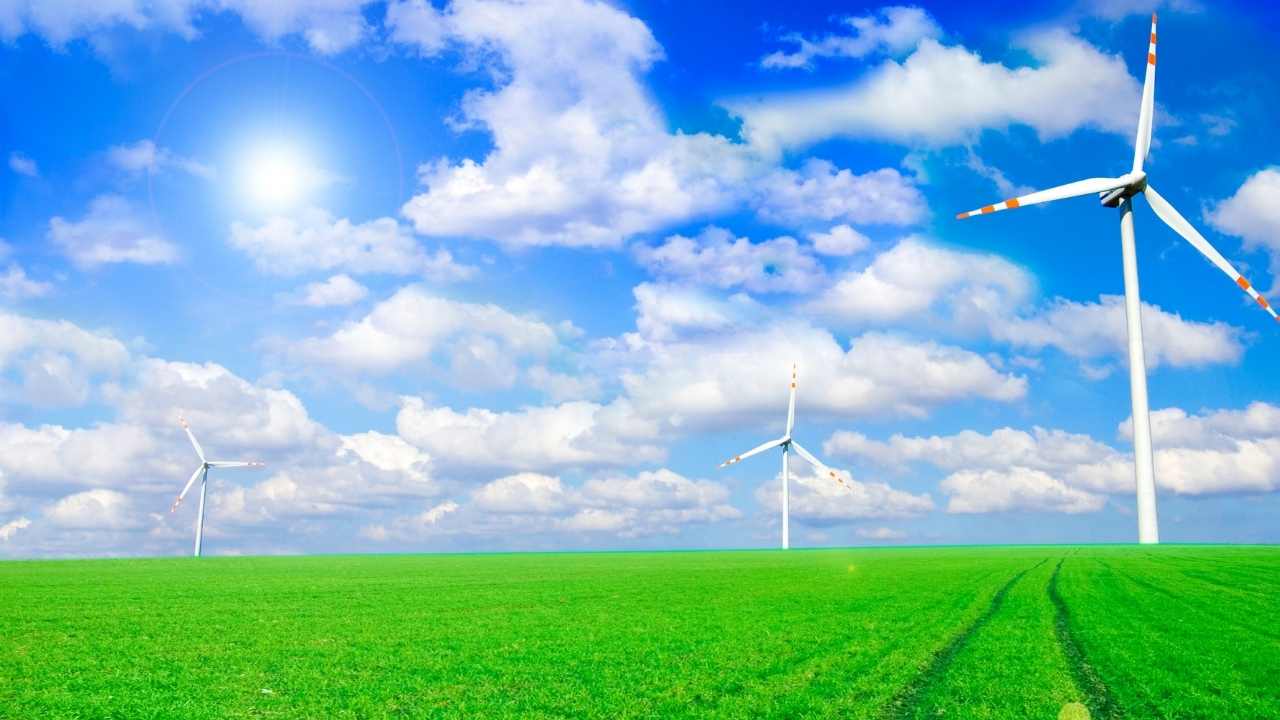
August 2021: India can develop a robust economy and deliver a just energy transition. The vulnerable are most at risk from climate change.
The setting up of new solar power plants is gaining momentum in the country. In February, a 700-MW plant was inaugurated in Tamil Nadu, another step in meeting the country’s updated ambition to reach 100 gigawatts of solar power by 2022.
This reflects the rapid progress India is making towards meeting its commitments to the Paris Agreement on climate change.
Today the dominant debate is more about whether the country can set and achieve a much greater ambition: becoming carbon neutral.
Huge investment is needed to address air pollution and climate change. However, India’s twin goals of driving economic development and environmental sustainability are not in competition. A lower-carbon energy system, combined with universal access to energy, can drive growth in urban and rural areas through efficiencies and new opportunities. And, over time, decarbonisation efforts can mitigate the enormous cost of the impact of climate change.
India is developing at a much higher level of energy efficiency, offering it an opportunity as a pathfinder in generating high growth with low emissions. But major challenges must be addressed. The country is rapidly developing and industrialising, and that will be inherently emissions-intensive if it follows the path previously taken by other leading economies.
The Auto Push
The auto industry is among the most important drivers of economic growth. Vehicle ownership in India is currently around a tenth that of many European countries but that will change rapidly as incomes rise.
Electric vehicles are set to grow rapidly throughout the 2020s and by 2030 only electric vehicles will be sold. Buses, vans, and trucks follow. The growth in lower-carbon biofuels, commercially produced from biomass, and advanced biofuel technologies reduces remaining emissions from aviation. And high-speed rail running on renewable electricity mitigates domestic aviation growth. In tandem, new digital technologies and shared mobility systems help to create unique decarbonisation solutions.
Today around three billion tonnes of steel are in use, in buildings, cars, appliances and industrial plants. Building steel infrastructure through coal could add some 24 billion tonnes of carbon dioxide to the atmosphere globally and will add to local environmental stresses.
Industry begins to transition to hydrogen which can be burned directly in furnaces and used to reduce iron ore in the steel sector. Delivering a green hydrogen economy will take time to develop and commercially deploy but the vision is materialising. In a recent Budget speech, the Finance Minister announced the 2021-22 launch of the National Hydrogen Energy Mission.
Alongside new energy sources, hard-to-abate sectors highlight the need to deploy carbon sequestration options in the 2020s and India will need to evaluate the potential for carbon capture and storage and nature-based solutions.
Developing new capabilities requires close collaboration across systems and pilot projects. And policy has a fundamental role to play through incentives and disincentives to accelerate technology development. And the government has a role to play in sharing the social and economic costs.
As society expands electricity primarily from renewables, clear and decisive policy will be needed to deliver an upgraded electricity transmission network, to connect renewables-rich regions to where electricity is needed. The government will need to support early demonstration projects and commercial scale-up to deliver hydrogen and biofuels, to power hard-to-electrify sectors.
At the same time, global investment is needed to push research and development to make alternative technologies commercially available at scale within the next few years.
Above all, the transition to net-zero must be fair for all and requires well-designed policies to protect vulnerable and disadvantaged communities. Whether agricultural areas or coastal communities, they are most at risk from poor air quality and climate change and need greater access to reliable and affordable energy.
Creating a net-zero emissions energy system by 2050 poses major challenges but it is possible. Harnessing its pioneering spirit and emerging opportunities, India can develop a robust economy and deliver a just energy transition. This would benefit Indians across our nation and create a vibrant example for countries around the world to follow.
(Article co-authored by Nitin Prasad, Chairman, Shell Companies in India & Dr. Ritu Mathur, Director, Integrated Assessments and Modelling Division, TERI)
NEWSLETTER
TRENDING ON PRO MFG
MORE FROM THE SECTION




